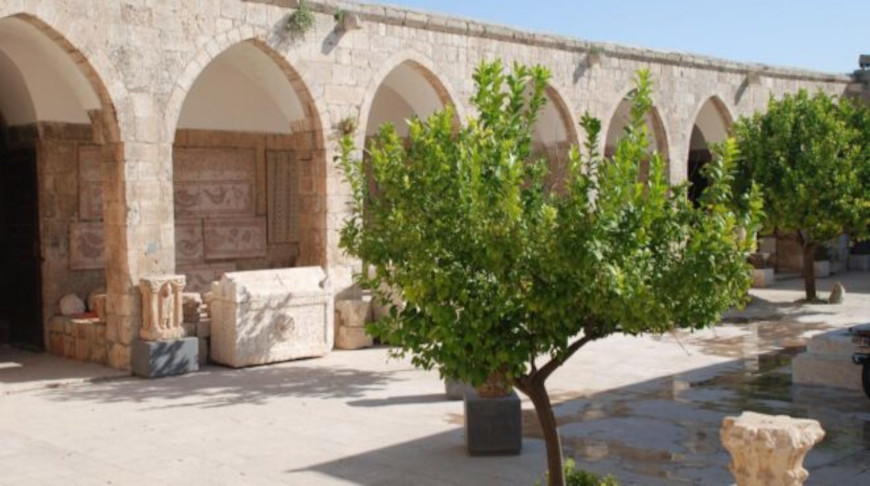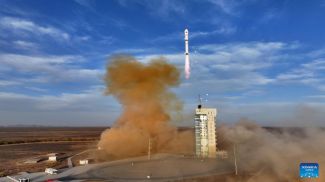
DAMASCUS, 28 February (BelTA - SANA) - Idlib Governorate, situated in
northwestern Syria, is a region of immense archaeological significance,
bearing witness to a rich tapestry of human history spanning millennia.
Its fertile plains and strategic location at the crossroads of ancient civilizations have made it a cradle of cultural exchange and development.
Idlib’s archaeological wealth is a testament to its role as a crossroads of civilizations. The region is home to over 1,000 documented sites. These sites include ancient cities, tells (mounds), tombs, churches, monasteries, and the renowned “Dead Cities” or “Forgotten Cities,” a collection of approximately 700 abandoned settlements dating from the 1st to 7th centuries CE, recognized by UNESCO as a World Heritage Site in 2011.
Its fertile plains and strategic location at the crossroads of ancient civilizations have made it a cradle of cultural exchange and development.
Idlib’s archaeological wealth is a testament to its role as a crossroads of civilizations. The region is home to over 1,000 documented sites. These sites include ancient cities, tells (mounds), tombs, churches, monasteries, and the renowned “Dead Cities” or “Forgotten Cities,” a collection of approximately 700 abandoned settlements dating from the 1st to 7th centuries CE, recognized by UNESCO as a World Heritage Site in 2011.













